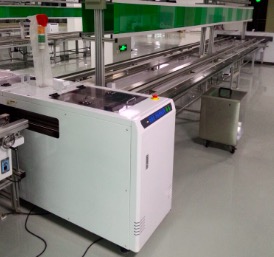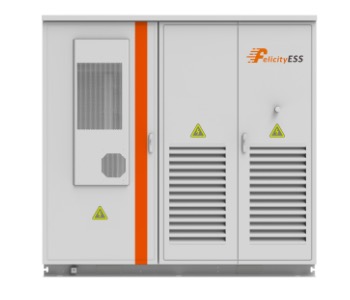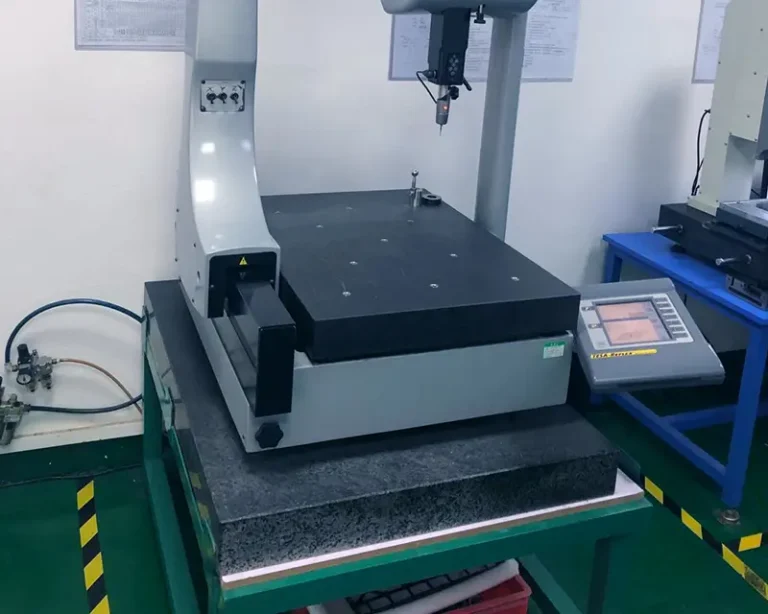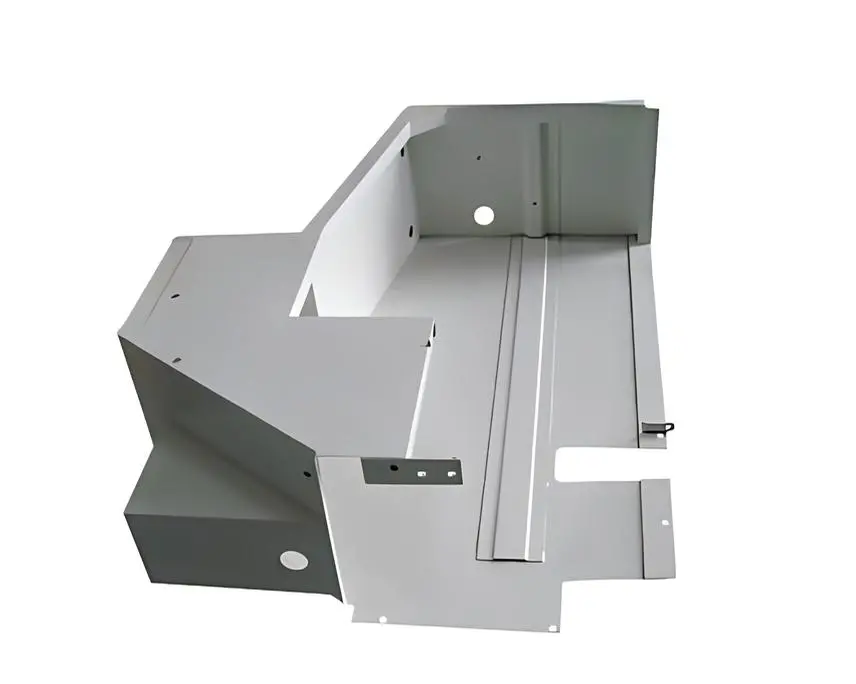目录
Modern manufacturing is increasingly challenged by the need for efficiency, sustainability, and cost control. This article examines the economic and environmental dimensions of metal fabrication, focusing on the metal bending process. By exploring historical trends, current challenges, and emerging solutions, we aim to provide a clear, objective analysis that supports informed decision-making in the field.
Historical Evolution of Metal Fabrication Techniques
Historically, metal forming was predominantly manual, relying on skilled labor and basic tools. As industrial demands grew, methods evolved significantly. Traditional bending techniques gave way to mechanized operations, and technological progress has continuously reshaped the landscape. The shift from manual to automated systems not only increased production capacity but also enhanced precision. This evolution set the stage for addressing the dual imperatives of economic efficiency and environmental responsibility.
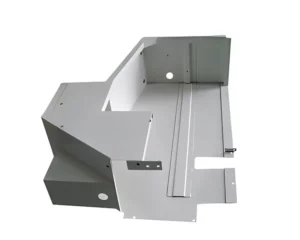
Economic Considerations in Metal Fabrication
In today’s competitive market, cost efficiency is paramount. The metal bending process has been refined over decades to minimize material wastage and optimize production cycles. Streamlining operations through automation and precision engineering has led to reduced labor costs and lower overhead expenses. Manufacturers now rely on advanced simulation tools to predict bending behavior and reduce trial-and-error approaches in production. Such improvements drive down costs, making it possible to meet both high-volume demands and stringent quality standards.
Furthermore, optimizing production techniques has allowed companies to reinvest savings into research and development, fostering innovation across the industry. This cycle of efficiency and reinvestment underpins long-term economic growth, ensuring that fabrication processes remain competitive on a global scale.
Environmental Impacts and Sustainable Practices
Sustainability is no longer a secondary concern but a primary objective in industrial operations. The metal bending process plays a critical role in reducing the environmental footprint of metal fabrication. Advances in process optimization have significantly decreased energy consumption and material waste. By employing precision engineering and real-time monitoring systems, manufacturers can ensure that resources are used more effectively, lowering the overall carbon footprint.
In addition, modern recycling practices have become integral to the production cycle. Scrap materials generated during bending are increasingly being recycled, which not only reduces landfill waste but also conserves natural resources. As environmental regulations tighten worldwide, these sustainable practices are essential for compliance and long-term operational viability.
Technological Adaptations and Industry Innovations
Recent years have seen a surge in the development of technologies designed to improve both economic and environmental outcomes. High-precision machinery and enhanced simulation software have allowed for a better understanding of material behavior under stress. This understanding is crucial for predicting outcomes and reducing errors during production. The integration of sensor technology and automated feedback loops enables real-time adjustments that contribute to consistent product quality.
These technological adaptations are not isolated improvements; rather, they represent a systemic shift towards data-driven manufacturing. Continuous monitoring and analysis provide insights that lead to further process refinements, ensuring that the industry remains agile in the face of evolving challenges.
Conclusion
The challenges facing modern metal fabrication require a balanced approach that considers both economic efficiency and environmental sustainability. The metal bending process stands as a vital component in achieving these goals, with ongoing innovations that promise to reduce costs, minimize waste, and improve overall product quality. As the industry continues to evolve, embracing technological advancements and sustainable practices will be crucial for maintaining competitiveness in a rapidly changing global market.
0
